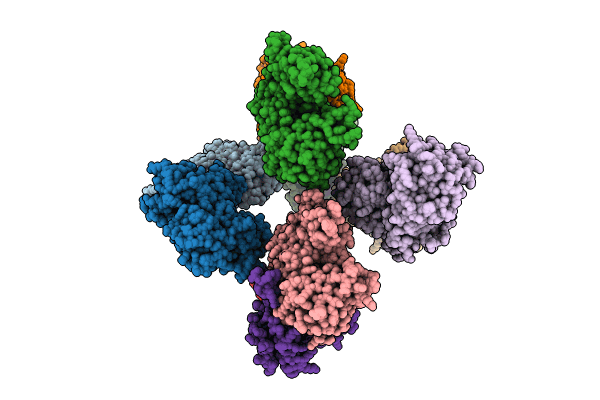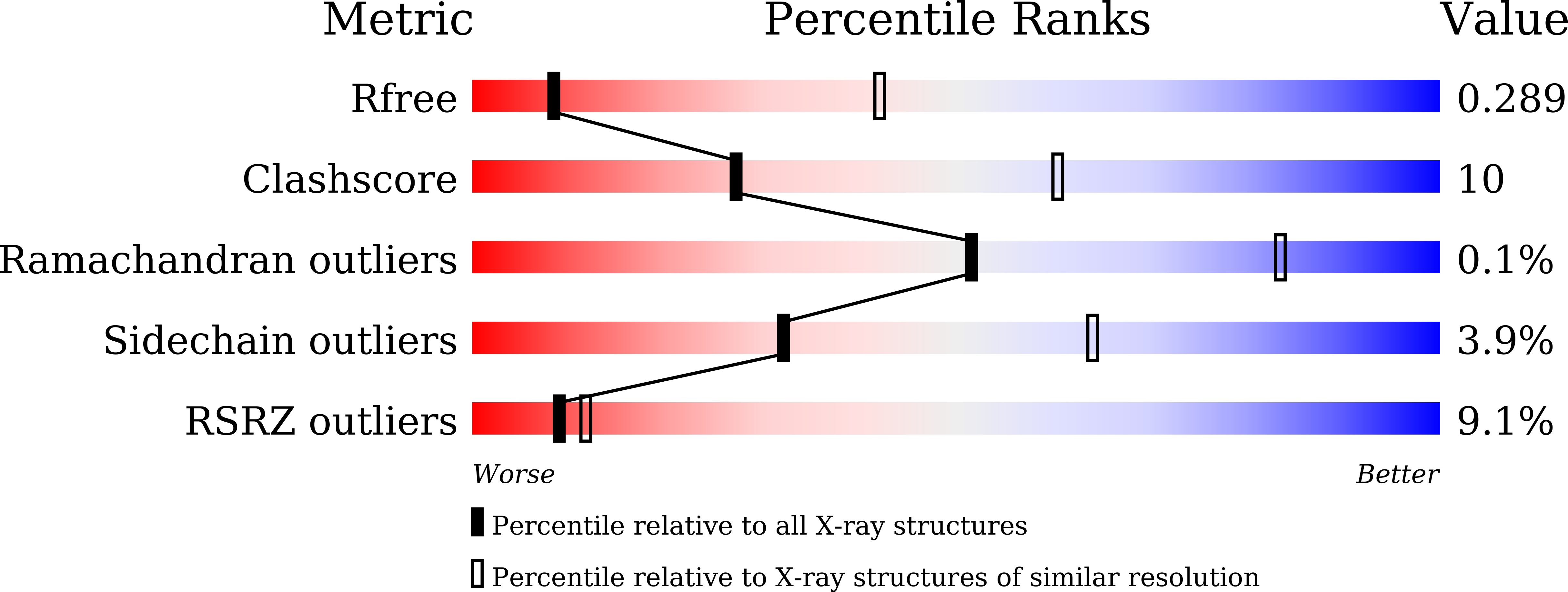
Deposition Date
2023-05-03
Release Date
2024-05-08
Last Version Date
2025-04-09
Entry Detail
Biological Source:
Source Organism:
Legionella pneumophila (Taxon ID: 446)
Oryctolagus cuniculus (Taxon ID: 9986)
Oryctolagus cuniculus (Taxon ID: 9986)
Host Organism:
Method Details:
Experimental Method:
Resolution:
3.42 Å
R-Value Free:
0.29
R-Value Work:
0.28
Space Group:
P 31


